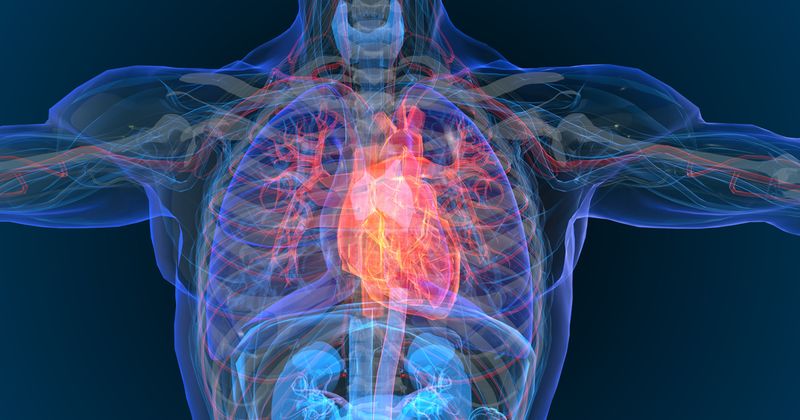Catheter ablation may be cost-effective as second-line therapy in patients with AF, HF
A new cost-utility analysis has shown that catheter ablation as a second-line intervention is likely cost-effective for patients with HF and symptomatic atrial fibrillation.
“Our economic evaluation suggests that catheter ablation is associated with both increased costs and increased quality-adjusted life-years compared with ongoing medical therapy of patients with HF with symptomatic AF ... and may be cost-effective,” Darren Lau, MD, PhD, of the University of Alberta in Canada, and colleagues wrote.

Lau and colleagues noted that recent trials comparing catheter ablation to medical therapy in patients with HF with symptomatic AF have shown a reduction in adverse events despite first-line management. They performed an economic assessment to calculate the cost-utility of the procedure as second-line therapy in patients with HF with reduced ejection fraction.
For the analysis, Lau and colleagues used the perspective of the Canadian health care payer to construct a Markov model with health states of alive, dead and alive with amiodarone toxicity. The researchers adopted a lifetime time horizon, discounting 3% annually; performed probabilistic and one-way sensitivity analyses; and reported costs in 2018 Canadian dollars.
Their analysis found that patients receiving catheter ablation had lifetime costs of $64,960 and 5.63 QALYs compared with $49,865 and 5.18 QALYs for medical treatment arm.
The results also revealed an incremental cost-effectiveness ratio of $35,360 per QALY (95% CI, 21,518-77,419) and a 90% chance of being cost-effective at a willingness-to-pay threshold of $50,000 per QALY. For catheter ablation to be attractive at the $50,000 per QALY threshold, a minimum mortality reduction of 28%, or a minimum benefit duration of greater than 1 to 2 years, was necessary.
Lau and colleagues wrote that the American Heart Association currently gives catheter ablation in patients with HF with symptomatic AF a IIb recommendation, indicating that select patients may benefit from lower mortality and reduced HF hospitalization, whereas the Canadian Cardiovascular Society recommends the procedure in symptomatic patients after an adequate trial of antiarrhythmic therapy.
“Our results support both guidelines by showing that catheter ablation is likely cost-effective,” they wrote. “Readers should avoid extrapolating these findings to patient groups that were not included in the randomized effectiveness trials, and more data on the effectiveness of catheter ablation compared with continued medical management, particularly on mortality and quality of life benefit, and in alternative patient populations, is needed.”
